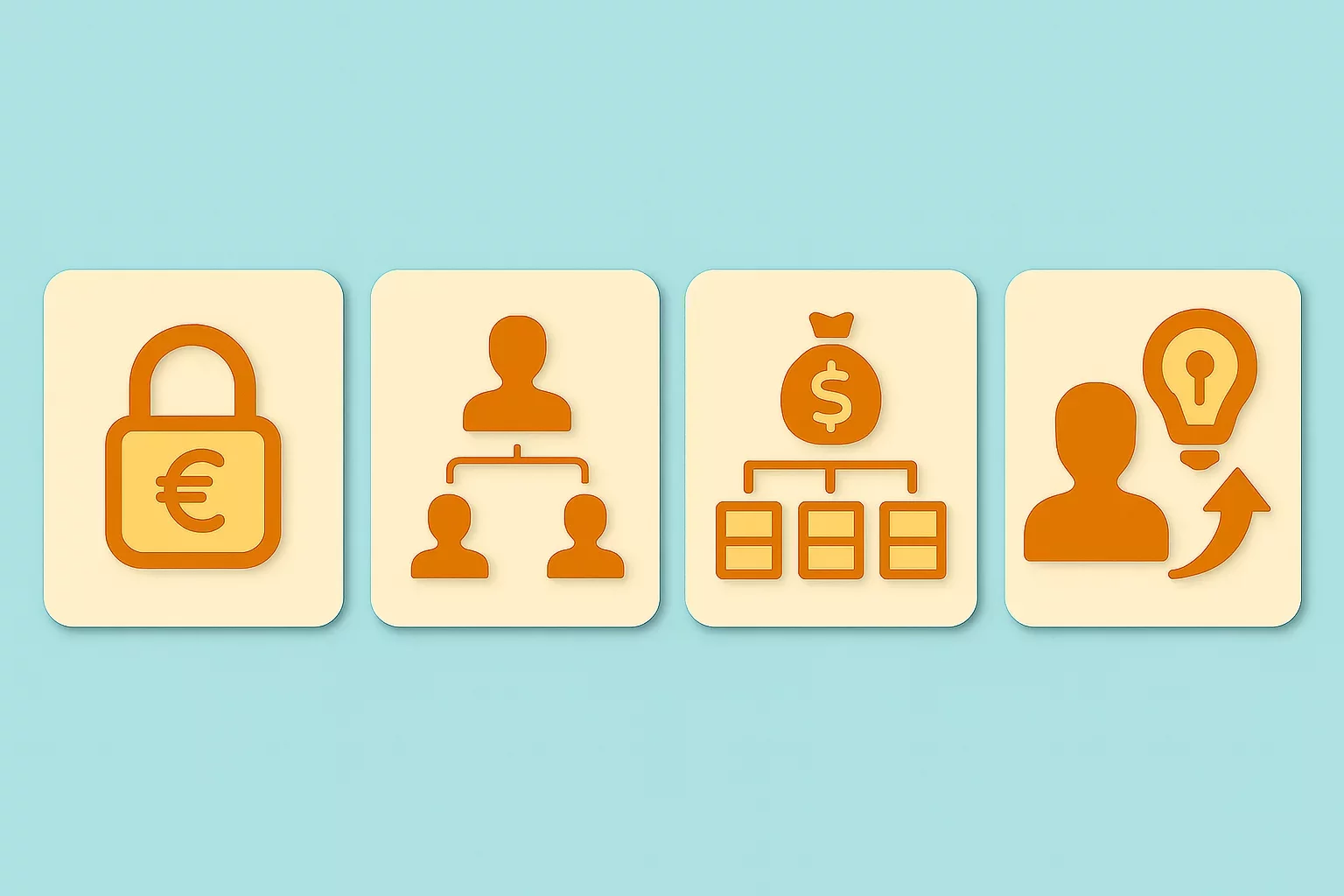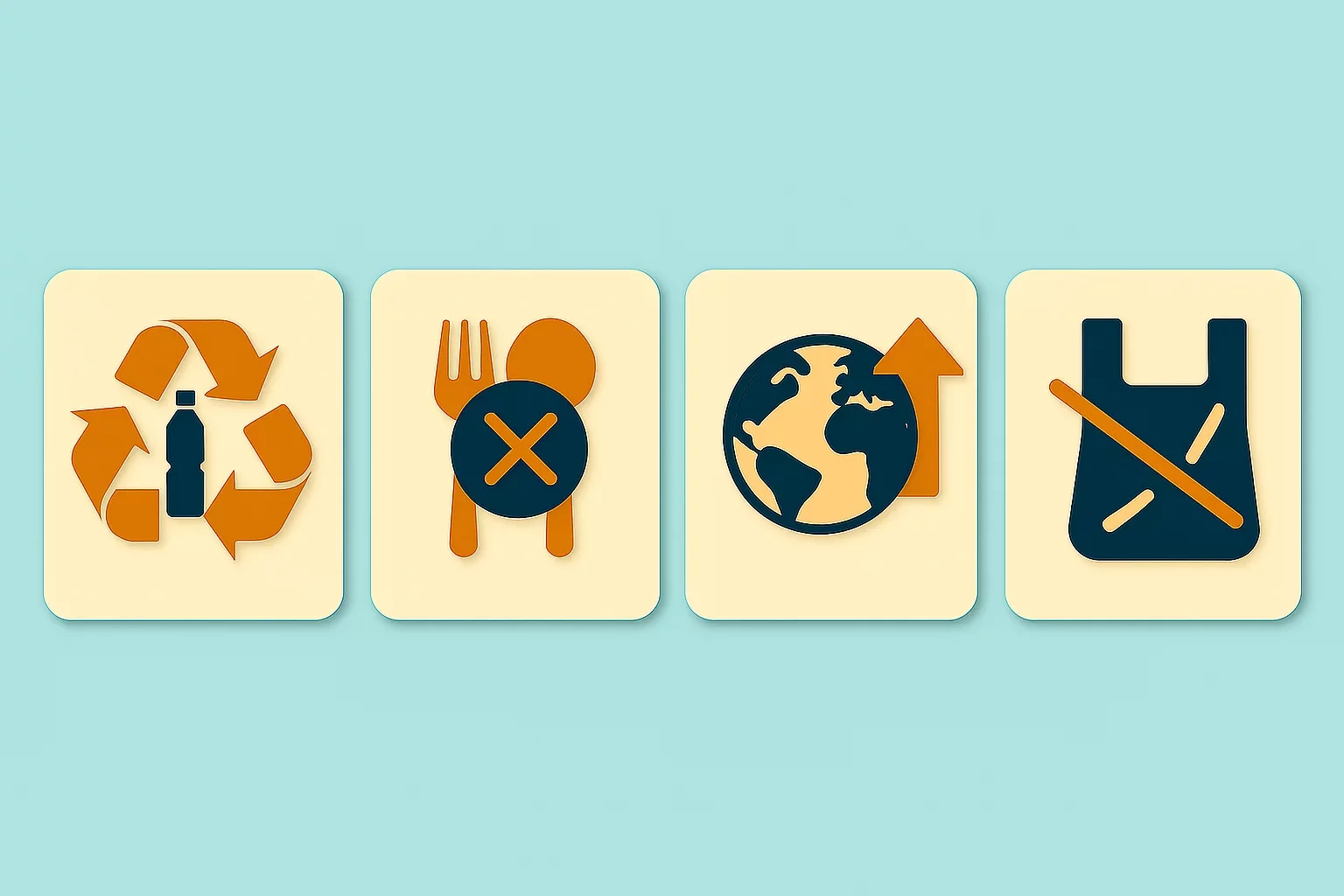Understanding VAT Rates and Their Implications

VAT (Value Added Tax) is a crucial part of the tax system in many countries, affecting businesses and consumers alike. Questions like what is VAT rate, current VAT rate, and VAT exemption are common when navigating this complex system. This guide will explore VAT rates, how they vary, and their impact on businesses and consumers.
What Is VAT Rate?
The VAT rate refers to the percentage of tax applied to the sale of goods or services. The rate varies depending on the type of product or service and the country’s tax regulations.
What Is the VAT Rate in General?
Standard VAT Rate: The most common rate, applied to most taxable goods and services.
Reduced VAT Rate: A lower percentage for specific items like essential utilities or medical products.
Zero Rated VAT: Some items are taxed at zero rated VAT, meaning no tax is charged but the supplier can still reclaim input VAT.
What Is the Current VAT Rate?
The current VAT rate is determined by each country and may change over time. For instance:
In the UK: The current VAT rate is 20% (standard rate), 5% (reduced rate), and 0% (zero-rated items).
In the EU: Rates vary between countries, with standard rates ranging from 17% to 27%.
It’s essential to monitor current rates of VAT in your region to ensure compliance.
Breakdown of VAT Rates
Standard VAT Rates:
Applied to most goods and services.
Example: Electronics, clothing, and restaurant meals.
Reduced VAT Rates:
Used for goods and services deemed essential or beneficial.
Example: Domestic heating fuel, children’s car seats.
Zero-Rated VAT:
These items are taxable but at a 0% rate, meaning no VAT is charged to the consumer.
Example: Most basic foodstuffs, books, and children’s clothing.
How to Calculate VAT Amount
The VAT amount is calculated by applying the VAT rate to the taxable value of the goods or services.
Formula:
VAT Amount = Price × VAT Rate
Example:
Price: £100
VAT Rate: 20%
VAT Amount = £100 × 0.20 = £20
The total price including VAT would be £120.
VAT Exemption Explained
Some goods and services qualify for VAT exemption, meaning no VAT is charged and businesses cannot reclaim VAT on related expenses. Common exempt items include:
Financial services.
Education and training.
Charitable fundraising activities.
What Is the VAT Percentage?
The VAT percentage refers to the applicable rate (e.g., 20%, 5%, or 0%) based on the nature of the transaction. It determines how much VAT is added to the price of a product or service.
Conclusion
Understanding what is VAT rate, the current VAT rate, and the differences between VAT rates is essential for businesses and consumers alike. Whether calculating the VAT amount or dealing with VAT exemption, staying informed ensures compliance and accurate pricing. With the evolving nature of taxation, keeping track of the current rate of VAT is critical for managing finances effectively.
Featured Insights

Angola’s E-Invoicing Mandate: Phased Implementation Continues Into 2026
🕝 December 10, 2025
VAT Deduction and Business Succession: When Do Advisory Costs Serve the Company’s Interest?
🕝 December 8, 2025
Europe’s Plastic Fiscal Shift: Why Italy’s Plastic Tax Now Starts in 2027
🕝 December 3, 2025
The Decline of Low-Value Import Exemptions: Closing Gaps in Cross-Border E-Commerce
🕝 November 20, 2025More News from
Get real-time updates and developments from around the world, keeping you informed and prepared.
-e9lcpxl5nq.webp)
